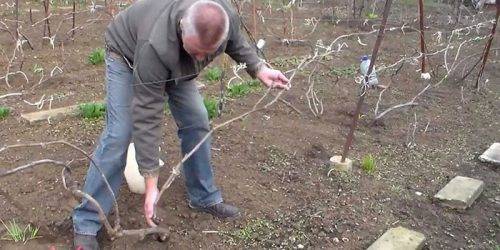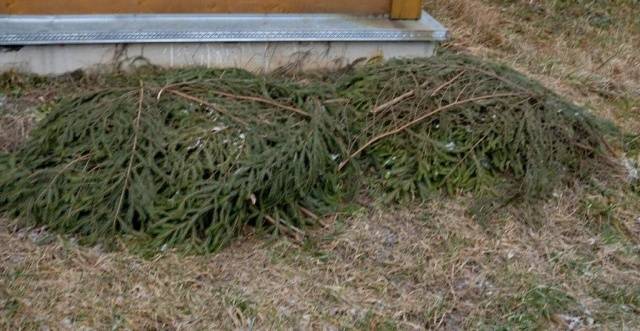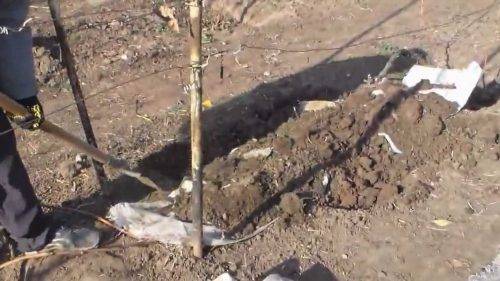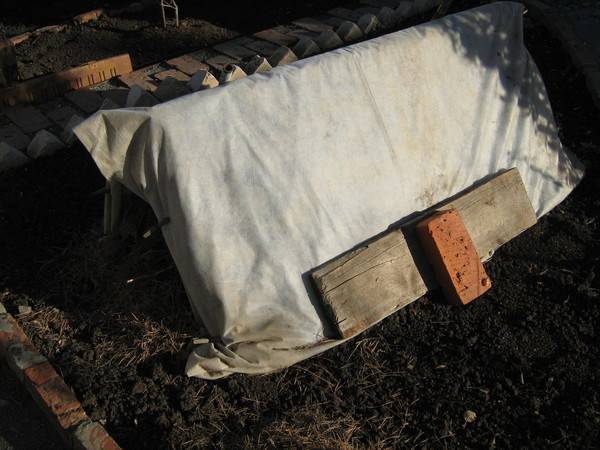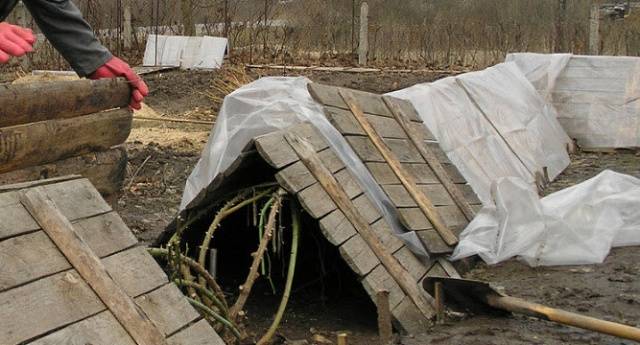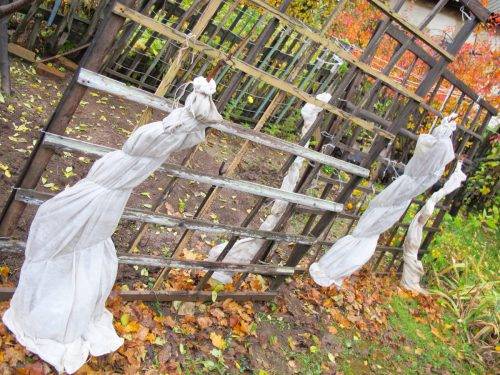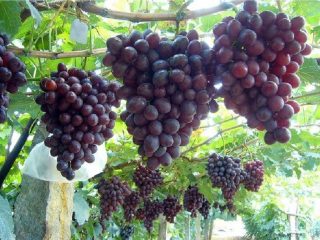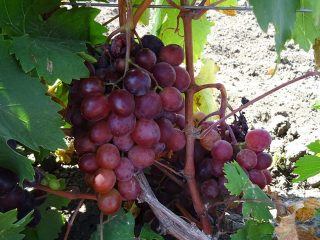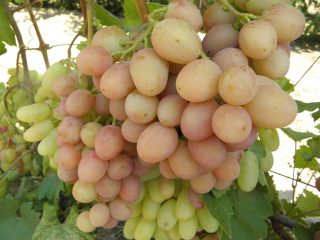Content
Today grapes are grown in central Russia. Winter is much more severe here than in the southern regions. Therefore, you have to think about how to protect the vine in winter from low temperatures. Novice winegrowers still do not know a lot about the agronomic rules for caring for plants, so the question is how cover the planting of grapes for the winter in the middle lane, is now relevant. After all, preparation begins long before autumn works in the vineyard... You need to start it now.
This means that after harvesting, the plants must be properly prepared for the harsh reality in order to get an excellent harvest of tasty and healthy berries next year. The rules for the preparation of the vine, feeding and shelter methods will be discussed in the article.
How to determine the timing of shelter
It is much easier for winegrowers who have been cultivating crops in central Russia for more than one year to decide on the timing of sheltering grapes for the winter. But for beginners, it is difficult to choose the optimal time. To know how to cover grapes for the winter in the middle lane, it is necessary to determine the condition and age of plantings. We hope you find our recommendations helpful.
The fact is that small negative temperatures contribute to the activity of biological processes responsible for the resistance of plants to low air temperatures, and frost resistance increases.
- Covering grape plantings for the winter has two goals: The first is that strong and healthy grapes are hardened. You can determine such a vine that can withstand the frosts of central Russia by the light brown color of the shoot.
- The second goal is that the fragile vine is protected, covered earlier.
How to decide which vine needs to be covered before frost:
- First, they cover new plantings and a vine, which is only one year old.
- Secondly, last year's plants with fragile buds or those bushes that gave a rich harvest and did not have time to get stronger yet.
- Thirdly, a vine weakened due to illness is subject to early shelter.
- Fourth, grapes with low varietal frost resistance.
The role of winter shelter
Novice growers living in the middle lane often ask why they cover the vine for the winter, what it gives.
It turns out:
- low temperatures lead to cracking of the bark and freezing of the root system;
- a covered vineyard will yield a rich harvest next season as it retains nutrients.
Before you cover the vine for the winter in the middle lane, you need to do some serious preparatory work. These include feeding plants in the fall, abundant watering, treatment against pests and diseases with drugs, pruning, and proper laying of the vine before wintering.
Only after that you can think about ways to protect the vine from frost, which the middle zone of Russia is famous for.
Hiding grapes
There are different ways to protect grape plantings in winter in central Russia. Let's consider the most common:
- preservation of plants under snow, spruce branches, ground;
- shelter with car tires;
- mini greenhouses;
- boxes;
- vertical shelter.
Shelter under the snow
In regions where winter brings heavy snowfalls, it is not difficult to cover plants for the winter. Snow is the best insulation. The vine pressed to the ground, removed from the trellis, is fixed with staples and covered with snow. The height of the snow cover should be within 35 centimeters and above.
Spruce branches
The removed vine is twisted around the trunk, being careful not to break it. Then spruce branches up to 35 cm high are spread. If, according to forecasters, a harsh winter is expected in central Russia, then sprinkled with snow, the plantings are again covered with spruce branches.
Hilling, covering with soil
You can spud the bushes with ordinary soil. The shaft should be at least 30 cm, if the plants are old, then up to half a meter. For shelter, dry and loose soil without lumps is used. It is a good idea to mix the soil with sawdust. Before the shelter, about 200 liters of water is poured under each bush to protect it from harsh cold weather. The land is taken only from the aisles, away from the roots, so that they do not freeze in winter.
To prevent precipitation from wetting the ground, they put old slate on top.
Old tires
Young vine plants can be covered in the middle lane using old car tires. The flexible vine is carefully twisted and placed inside. To protect plants, one tire is dug into the ground, the second is installed on top. Then sprinkle with soil. Holes need to be made between the tires to allow air to penetrate and prevent drying out. To prevent the structure from being blown away by the wind, bricks are placed on top.
Mini greenhouses
The creation of a mini-greenhouse over the vine is one of the most common ways to shelter grapes for the winter in central Russia. You can use any materials at hand:
- old plastic bags;
- bags for cereals and sugar;
- old tarpaulin;
- roofing material.
First, the vine is bent, then a structure in the form of an arch is erected over it to provide oxygen access.
Press down on the edges with something heavy so that the wind does not take away the shelter. When it snows, it will become an additional natural insulation.
Boxes made of wood
Wooden boxes, as experienced growers assure, are an excellent protection for grapes from the winter cold. The houses are installed above the landings when the thermometer drops to + 8 degrees. The inner part of the structure is upholstered with old polyethylene to prevent precipitation from entering under the shelter. After installing the house, sprinkle the lower part with soil.
Vertical way
If you are planting a vine with increased frost resistance on the site, then it is not necessary to remove it from the trellis. After completing all the preparatory work, tie the plants into one bunch, tie to the stake. After that, wrap with special material, tie with twine. The grapes will overwinter in an upright position.
First you need to dig up the soil under the grapes, then add sawdust and cover with spruce branches. Experienced growers do not recommend covering with foliage for two reasons:
- starting to rot, the leaves create unfavorable conditions for the wintering of the roots;
- many pests usually hibernate on the leaves.
Unusual but reliable:
Instead of totals
We have already talked about how to cover grapes for the winter. But I would also like to dwell on the issue of timeliness: what is the danger of early or late sheltering of the vine.
If you covered it before:
- Plants in winter leave in a weakened state, therefore, most often they do not survive until spring.
- Due to the high temperatures, the plants begin to sweat, sweat. It is a favorable breeding ground for fungal spores.
If you are late with shelter:
- The buds freeze over, so you don't have to wait for them to open in the spring. Grape growth will begin later and from the root collar.
- The resting phase becomes larger. Bud germination will start a month later.
Failure to cover the vine can cause a sharp decline in the next year's harvest.
